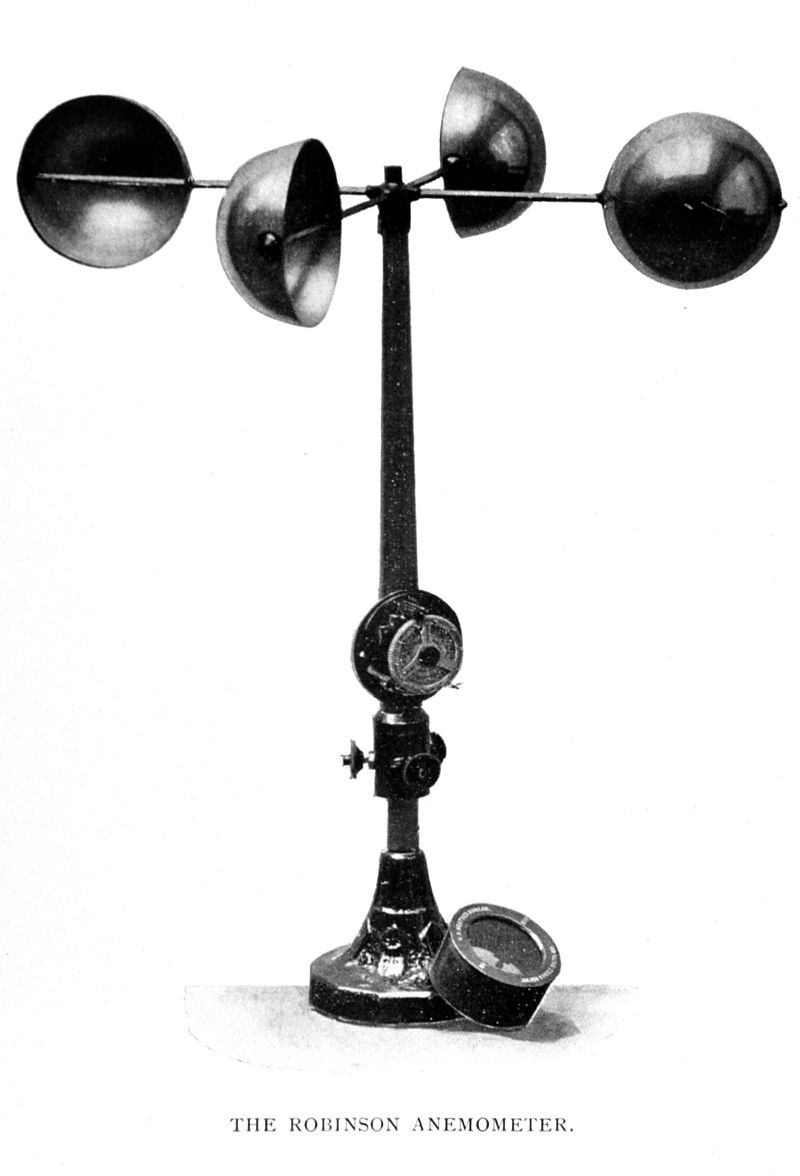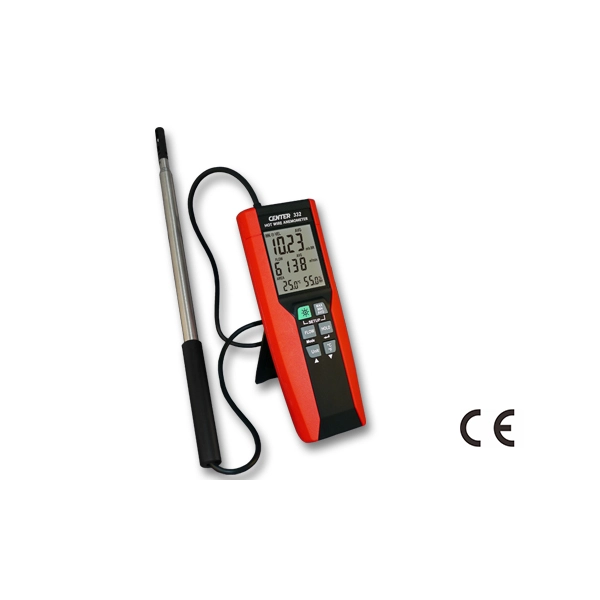Choosing the Right Anemometer: A Comprehensive Buying Guide
Choosing the Right Anemometer: A Comprehensive Buying Guide
Blog Article
Exploring the Functions and Advantages of Anemometers for Weather Fanatics and Experts
Anemometers stand as instrumental tools in the realm of weather condition monitoring, dealing with both fanatics and experienced experts alike. These tools supply a home window right into the dynamic globe of wind patterns and speeds, supplying vital information for atmospheric evaluation and projecting. From mug anemometers to sonic anemometers, each kind brings its unique set of applications and benefits, clarifying numerous aspects of weather. As we look into the functions and advantages of anemometers, a deeper understanding emerges not only of dominating weather condition phenomena but also of the broader implications for fields like wind power production and ecological research study.
Significance of Anemometers in Weather Monitoring
Anemometers play a critical role in weather condition surveillance by giving accurate measurements of wind speed, helping in projecting and understanding weather condition patterns. These tools, varying from traditional cup anemometers to modern ultrasonic anemometers, are vital for meteorologists, researchers, and weather lovers alike.

Sorts Of Anemometers and Their Applications
The most usual types of anemometers consist of cup anemometers, vane anemometers, hot-wire anemometers, and ultrasonic anemometers. Mug anemometers consist of three or 4 cups placed on horizontal arms that revolve with the wind, determining its rate. Vane anemometers, on the other hand, make use of an openly turning vane to align with the wind direction, giving both wind speed and instructions measurements.
Each kind of anemometer has its distinct benefits and applications. Cup anemometers are suitable and durable for basic weather condition tracking, while vane anemometers are preferred for directional measurements. Hot-wire anemometers are delicate to reduced air velocities, making them excellent for indoor environments. Ultrasonic anemometers are non-intrusive and provide high accuracy, often used in research study and specialized weather surveillance applications. Comprehending the features and applications of each kind of anemometer is important for picking the most suitable tool for specific weather checking needs.
Advantages of Utilizing Anemometers in Forecasting
In weather forecasting, the application of anemometers supplies very useful benefits for improving the accuracy of weather forecasting. Anemometers measure wind speed and instructions, giving critical information for anticipating weather patterns. By incorporating wind data into forecasting versions, meteorologists can much better understand the movement of climate systems, expect modifications in weather, and problem much more precise projections.
Additionally, anemometers play an important function in evaluating potential climate dangers. Keeping track of wind rates assists forecasters predict extreme climate events such as storms, twisters, and winter tornados with greater precision. This very early warning system makes it possible for authorities to provide prompt informs and implement essential safety actions, minimizing the risks to life and building.
Furthermore, anemometers aid in enhancing renewable resource production. By examining wind patterns, meteorologists can determine suitable places for wind ranches and predict energy result, contributing to the efficient generation of wind power.

Anemometers in Wind Energy Production
Provided the essential role anemometers play in offering precise wind information for climate forecasting and hazard assessment, their importance includes the world of wind power production. Anemometers are important tools in the area of wind power, where the dimension of wind rate and instructions is crucial for identifying the feasibility and performance of wind generator installations. By properly gauging wind rates at differing elevations, anemometers aid maximize the positioning imp source and style of wind generators to make the most of energy output.
In wind farms, anemometers are strategically placed to accumulate real-time wind information that is made use of to assess the prospective power manufacturing of a website. This data is critical in figuring out the economic viability of wind energy tasks and in projecting energy generation to guarantee grid stability. In addition, anemometers help in checking wind problems to maximize wind turbine performance, prevent damages from high winds, and make sure the security of personnel operating in the location of wind generators.
Enhancing Weather Condition Understanding With Anemometers

Anemometers play a crucial function in improving our understanding of microclimates. These localized weather condition conditions can vary considerably from broader local projections, making it necessary to have exact data for details locations. anemometer. By purposefully putting anemometers in various locations, scientists can collect comprehensive information on how wind behaves in various surfaces, metropolitan environments, or bodies of water
Moreover, anemometers add to enhancing weather projecting versions by supplying real-time data on wind actions. This info is particularly beneficial for anticipating severe climate occasions, optimizing farming techniques, and supporting industries like aeronautics and maritime navigation. Generally, anemometers are vital instruments that allow us to dig much deeper into the intricacies of weather condition systems, ultimately bring about even more precise predictions and better-informed decisions.
Conclusion
To conclude, anemometers play an essential duty in weather condition tracking and projecting by measuring wind rate and direction. They are crucial tools made use of by weather lovers and specialists to gather accurate information for forecasting weather patterns and evaluating possible impacts. Anemometers likewise have applications in wind power production, additional highlighting address their value in both weather forecasting and renewable resource fields. In general, anemometers add to boosting our understanding of weather sensations and boosting forecasting abilities. anemometer.
From cup anemometers to sonic anemometers, each type brings its distinct set of benefits and applications, dropping light on numerous facets of climatic problems. These instruments, varying from standard mug anemometers to modern-day ultrasonic anemometers, are essential for meteorologists, researchers, and weather enthusiasts alike. The most common types of anemometers include cup anemometers, vane anemometers, hot-wire anemometers, and ultrasonic anemometers. Cup anemometers are robust and suitable for basic climate surveillance, while vane anemometers are favored for directional measurements. Anemometers are crucial tools in the area of wind energy, where the measurement of wind speed and direction is essential for establishing the Website expediency and efficiency of wind generator setups.
Report this page